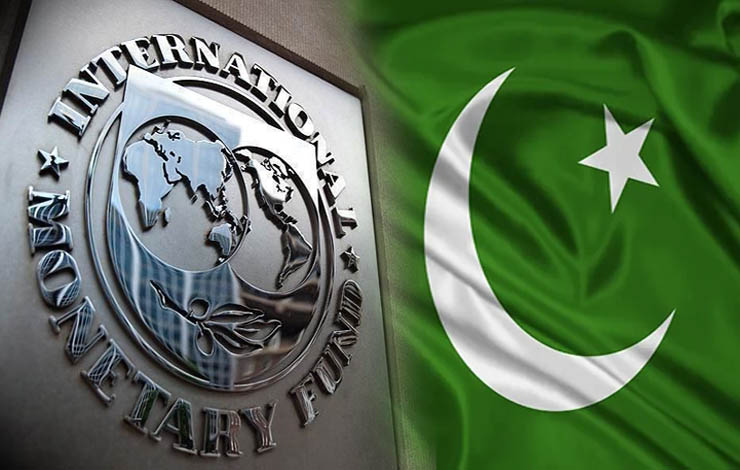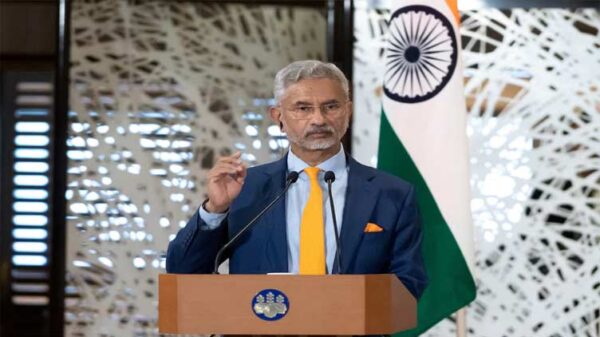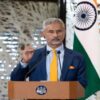As Pakistan secures yet another bailout package from the International Monetary Fund (IMF), the familiar questions about its long-term economic viability loom larger than ever. Finance Minister Muhammad Aurangzeb’s declaration that this will be the country’s last IMF program sounds hopeful, but it rests on a fragile promise: that the government will finally implement the structural reforms needed to break free from this cycle.
However, the deeper reality is that Pakistan has been here before promising reforms, tightening fiscal discipline, and vowing to chart a new course, only to fall back into the same debt traps. This time, as the nation faces a new mini-budget, it’s crucial to ask if loans and bailouts are really enough to stabilize a struggling economy or if they are merely band-aids covering much deeper wounds.
Pakistan’s recent mini-budget and the IMF bailout provide some breathing room in a suffocating fiscal environment. Inflation, which dropped to 6.9% in September 2024, the lowest it has been since January 2021, offers a glimmer of relief. Yet, while these numbers may temporarily calm the economic anxiety of the public, they do not reflect a permanent shift. The real question is whether this improvement is sustainable or if it will quickly be reversed, as has been the case so many times before. Pakistan’s economic history shows a repetitive reliance on short-term fixes, with each bailout seemingly buying time without addressing the underlying inefficiencies that prevent long-term growth.
At the heart of this recurring crisis is the reliance on external borrowing. The IMF, while often seen as a financial savior, comes with heavy strings attached, conditions that lead to austerity measures, cuts in subsidies, and tax hikes, all of which are painful for the population to bear. The country’s poor and middle classes often feel the brunt of these conditions, as the cost of living rises and public services are reduced. The IMF’s involvement, although essential in stabilizing the economy, doesn’t provide a vision for long-term prosperity. Loans might temporarily plug the holes, but they do not repair the ship itself.
Minister Aurangzeb’s emphasis on increasing the tax-to-GDP ratio and expanding the tax base is a sound strategy, but this is an age-old promise that Pakistan’s governments have repeatedly made. Increasing the number of tax filers is undoubtedly positive, but until this becomes a system-wide shift where all sectors of the economy contribute their fair share, it will remain an incomplete fix. Taxation reforms are often politicized, and many sectors, particularly the informal economy, remain out of the tax net. What Pakistan needs is a deeper, structural transformation that ensures tax compliance across all sectors, not just a narrow focus on salaried workers and businesses already in the tax system.
While the IMF program provides a temporary buffer, Pakistan has other avenues that could offer more sustainable solutions, particularly in expanding its trade relationships. The recent uptick in trade deals, especially with major markets like the United States, offers a brighter future if managed properly. Trade not only generates foreign exchange but also provides opportunities for technology transfer, skill development, and the expansion of Pakistan’s manufacturing base. Diversifying Pakistan’s trade portfolio, particularly in sectors like textiles, technology, and services, could be key to driving real economic growth and job creation. The potential to transform these opportunities into long-term gains could position Pakistan to wean itself off its dependency on external loans.
However, all of this potential will remain unrealized without serious attention to structural reforms. For years, successive governments have acknowledged the need to reform the energy sector, address the inefficiencies of state-owned enterprises (SOEs), and privatize loss-making industries. Yet, despite this recognition, meaningful action has been slow. The energy sector continues to be a significant burden, with inefficiencies and corruption leading to power outages and inflated costs. Similarly, SOEs drain public resources that could otherwise be invested in development projects, infrastructure, or education. Reforming or privatizing these sectors is no longer an option but a necessity if Pakistan is to avoid repeating its past mistakes.
There is also a critical need for stability in the banking sector. Minister Aurangzeb pointed out that the Karachi Interbank Offered Rate (KIBOR), rather than the policy rate, is the true benchmark for business borrowing. Encouraging banks to lend more to the private sector, instead of the government, could be a game-changer. The private sector, not the government, should be the engine driving economic growth. But for that to happen, the government must provide a stable policy framework that gives businesses the confidence to invest. Too often, Pakistan’s economic policies have been subject to reversals and political whims, creating uncertainty that discourages both local and foreign investors.
At this critical juncture, Pakistan stands at a crossroads. The mini-budget and the IMF bailout might provide a brief respite, but they are not enough to address the deeper, systemic issues holding back the economy. As long as the country continues to rely on external loans without implementing the reforms necessary for self-reliance, it will remain trapped in a cycle of debt. The real challenge is not in securing another loan but in ensuring that this is indeed the last one.
Minister Aurangzeb’s optimism about Pakistan’s economic future is admirable, but words must now be matched by action. The country needs a coherent, stable policy environment that encourages private sector growth, expands trade, and implements long-awaited structural reforms. Without these, the IMF bailout will be just another chapter in Pakistan’s long history of economic mismanagement. Loans can provide temporary relief, but they cannot buy lasting stability. It’s time for Pakistan to take control of its economic destiny, and that begins with breaking the cycle of dependency and focusing on real, sustainable growth.










